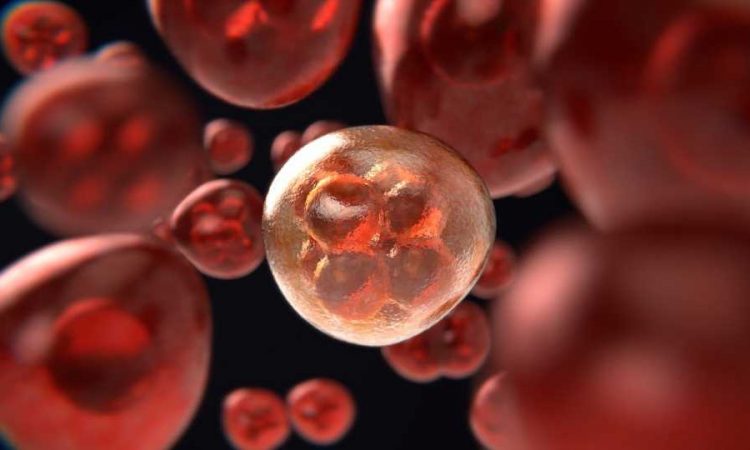
A new editorial paper titled “Unlocking the potential of molecular-driven stratification for osteosarcoma treatment and prognosis” has been published in Oncotarget.
Over the last 40 years, the complex genetic landscape, the heterogeneity of the microenvironment and the cell plasticity of osteosarcoma (OSA) tumors have delayed the therapeutic and prognostic stratification of patients and the introduction of new efficient treatments.
As a direct consequence, the vast majority of trials still don’t benefit from a selection of OSA patient-based on molecular evidence before drug administration. This lack of stratification leads to difficult interpretation of outcome, especially with targeted agents such as multikinase inhibitors or anti-osteoclastic drugs.
“Meanwhile, fortunately, the accumulation of numerous sparse but converging observations from many research and clinical teams have progressively drawn a portrait of the resistant osteosarcoma that’s paved the way to new translational discoveries,” the researchers stated.
In their new editorial, researchers Gaël Moquin-Beaudry, Maria Eugenia Marques da Costa, Nathalie Gaspar, and Antonin Marchais from Université Paris-Saclay discussed their recent study using unsupervised machine learning algorithms to classify OSA at diagnosis based on gene expression modules functionally enriched for immune microenvironment and tumor phenotypic traits.
“Recently, several important studies have described OSA molecularly at an unprecedent[ed] level of detail taking advantage of multiomics approaches and artificial intelligence,” they concluded.
More information:
Gaël Moquin-Beaudry et al, Unlocking the potential of molecular-driven stratification for osteosarcoma treatment and prognosis, Oncotarget (2023). DOI: 10.18632/oncotarget.28364
Journal information:
Oncotarget
Source: Read Full Article
